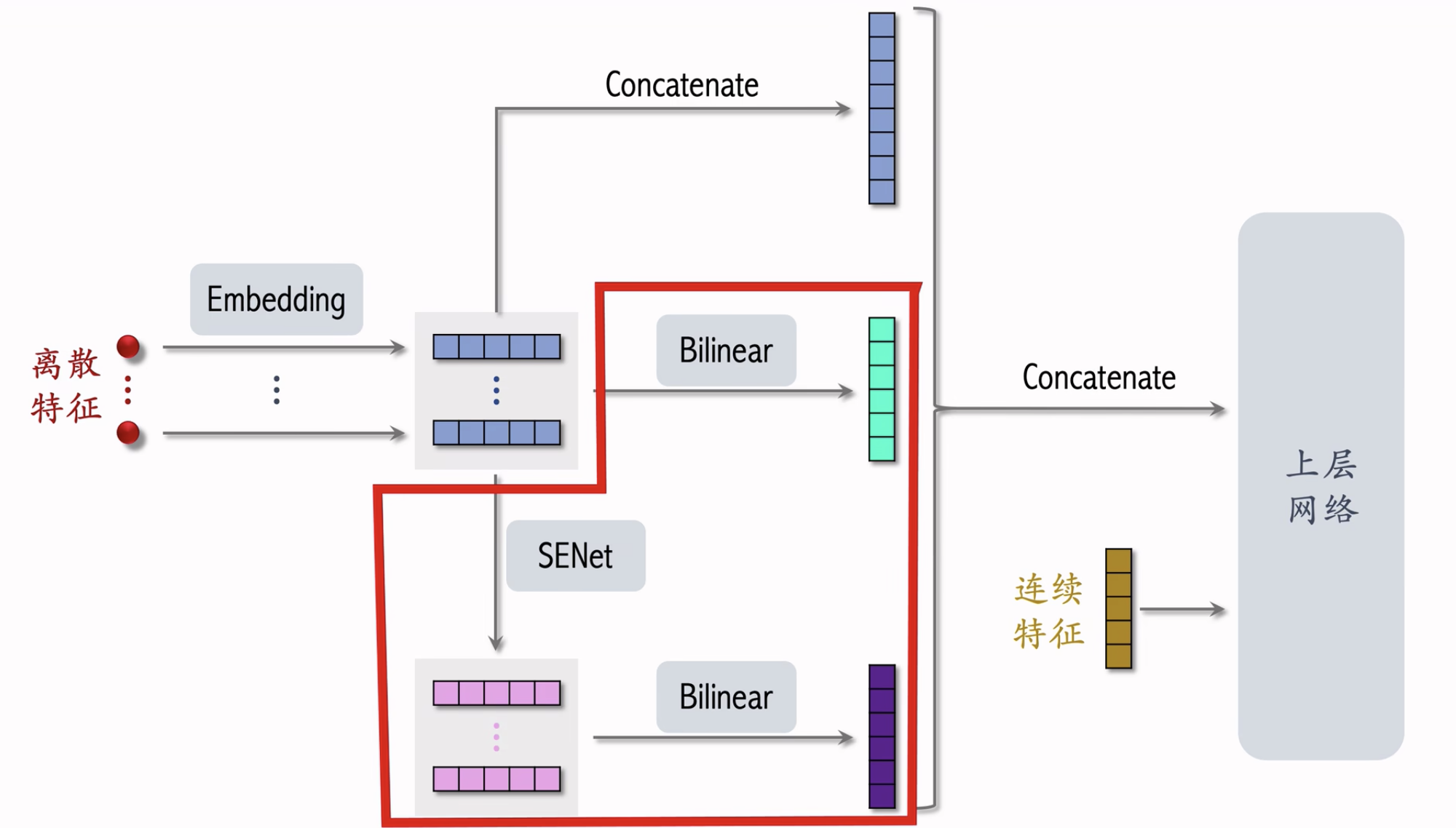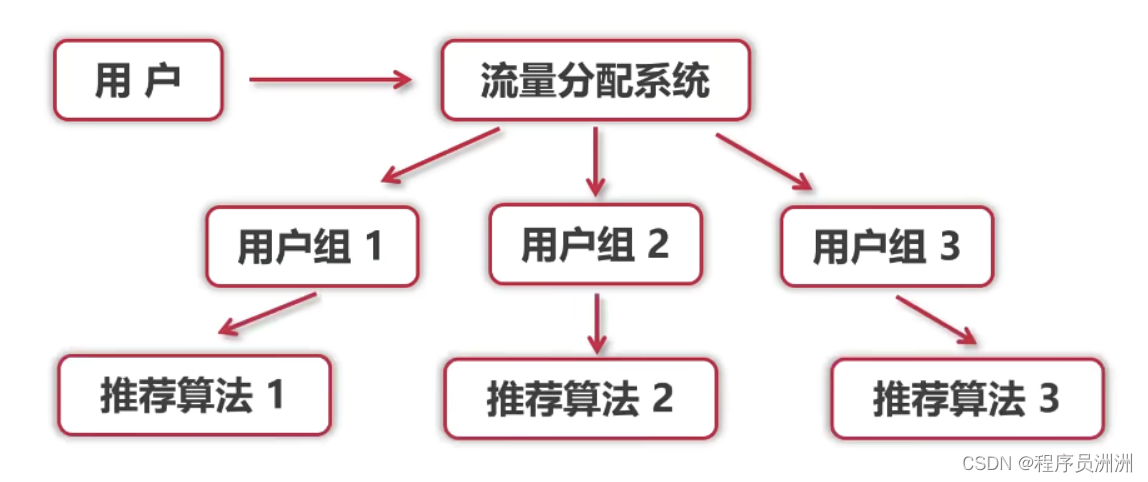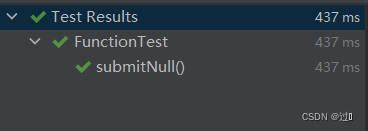1. Overview
In this tutorial, we’ll focus on introducing Profiles in Spring.
Profiles are a core feature of the framework — allowing us to map our beans to different profiles — for example, dev, test, and prod.
We can then activate different profiles in different environments to bootstrap only the beans we need.
2. Use @Profile on a Bean
Let’s start simple and look at how we can make a bean belong to a particular profile. We use the @Profile annotation — we are mapping the bean to that particular profile; the annotation simply takes the names of one (or multiple) profiles.
Consider a basic scenario: We have a bean that should only be active during development but not deployed in production.
We annotate that bean with a dev profile, and it will only be present in the container during development. In production, the dev simply won’t be active:
@Component
@Profile("dev")
public class DevDatasourceConfig
As a quick sidenote, profile names can also be prefixed with a NOT operator, e.g., !dev, to exclude them from a profile.
In the example, the component is activated only if dev profile is not active:
@Component
@Profile("!dev")
public class DevDatasourceConfig
3. Declare Profiles in XML
Profiles can also be configured in XML. The tag has a profile attribute, which takes comma-separated values of the applicable profiles:
<beans profile="dev"><bean id="devDatasourceConfig" class="org.baeldung.profiles.DevDatasourceConfig" />
</beans>
4. Set Profiles
The next step is to activate and set the profiles so that the respective beans are registered in the container.
This can be done in a variety of ways, which we’ll explore in the following sections.
4.1. Programmatically via WebApplicationInitializer Interface
In web applications, WebApplicationInitializer can be used to configure the ServletContext programmatically.
It’s also a very handy location to set our active profiles programmatically:
@Configuration
public class MyWebApplicationInitializer implements WebApplicationInitializer {@Overridepublic void onStartup(ServletContext servletContext) throws ServletException {servletContext.setInitParameter("spring.profiles.active", "dev");}
}
4.2. Programmatically via ConfigurableEnvironment
We can also set profiles directly on the environment:
@Autowired
private ConfigurableEnvironment env;
...
env.setActiveProfiles("dev");
4.3. Context Parameter in web.xml
Similarly, we can define the active profiles in the web.xml file of the web application, using a context parameter:
<context-param><param-name>contextConfigLocation</param-name><param-value>/WEB-INF/app-config.xml</param-value>
</context-param>
<context-param><param-name>spring.profiles.active</param-name><param-value>dev</param-value>
</context-param>
4.4. JVM System Parameter
The profile names can also be passed in via a JVM system parameter. These profiles will be activated during application startup:
-Dspring.profiles.active=dev
4.5. Environment Variable
In a Unix environment, profiles can also be activated via the environment variable:
export spring_profiles_active=dev
4.6. Maven Profile
Spring profiles can also be activated via Maven profiles, by specifying the spring.profiles.active configuration property.
In every Maven profile, we can set a spring.profiles.active property:
<profiles><profile><id>dev</id><activation><activeByDefault>true</activeByDefault></activation><properties><spring.profiles.active>dev</spring.profiles.active></properties></profile><profile><id>prod</id><properties><spring.profiles.active>prod</spring.profiles.active></properties></profile>
</profiles>
Its value will be used to replace the @spring.profiles.active@ placeholder in application.properties:
spring.profiles.active=@spring.profiles.active@
Now we need to enable resource filtering in pom.xml:
<build><resources><resource><directory>src/main/resources</directory><filtering>true</filtering></resource></resources>...
</build>
and append a -P parameter to switch which Maven profile will be applied:
mvn clean package -Pprod
This command will package the application for prod profile. It also applies the spring.profiles.active value prod for this application when it is running.
4.7. @ActiveProfile in Tests
Tests make it very easy to specify what profiles are active using the @ActiveProfile annotation to enable specific profiles:
@ActiveProfiles("dev")
So far, we’ve looked at multiple ways of activating profiles. Let’s now see which one has priority over the other and what happens if we use more than one, from highest to lowest priority:
- Context parameter in web.xml
- WebApplicationInitializer
- JVM System parameter
- Environment variable
- Maven profile
5. The Default Profile
Any bean that does not specify a profile belongs to the default profile.
Spring also provides a way to set the default profile when no other profile is active — by using the spring.profiles.default property.
6. Get Active Profiles
Spring’s active profiles drive the behavior of the @Profile annotation for enabling/disabling beans. However, we may also wish to access the list of active profiles programmatically.
We have two ways to do it, using Environment or spring.profiles.active.
6.1. Using Environment
We can access the active profiles from the Environment object by injecting it:
public class ProfileManager {@Autowiredprivate Environment environment;public void getActiveProfiles() {for (String profileName : environment.getActiveProfiles()) {System.out.println("Currently active profile - " + profileName);} }
}
6.2. Using spring.profiles.active
Alternatively, we could access the profiles by injecting the property spring.profiles.active:
@Value("${spring.profiles.active}")
private String activeProfile;
Here, our activeProfile variable will contain the name of the profile that is currently active,
-And if there are several, it’ll contain their names separated by a comma.
And if we want to access the list of them just like in the previous example, we can do it by splitting the activeProfile variable:
public class ProfileManager {@Value("${spring.profiles.active:}")private String activeProfiles;public String getActiveProfiles() {for (String profileName : activeProfiles.split(",")) {System.out.println("Currently active profile - " + profileName);}}
}
However, we should consider what would happen if there is no active profile at all. With our code above, the absence of an active profile would prevent the application context from being created. This would result in an IllegalArgumentException owing to the missing placeholder for injecting into the variable.
In order to avoid this, we can define a default value:
@Value("${spring.profiles.active:}")
private String activeProfile;
Now, if no profiles are active, our activeProfile will just contain an empty string.
7. Example: Separate Data Source Configurations Using Profiles
Now that the basics are out of the way, let’s take a look at a real example.
Consider a scenario where we have to maintain the data source configuration for both the development and production environments.
Let’s create a common interface DatasourceConfig that needs to be implemented by both data source implementations:
public interface DatasourceConfig {public void setup();
}
Following is the configuration for the development environment:
@Component
@Profile("dev")
public class DevDatasourceConfig implements DatasourceConfig {@Overridepublic void setup() {System.out.println("Setting up datasource for DEV environment. ");}
}
And configuration for the production environment:
@Component
@Profile("production")
public class ProductionDatasourceConfig implements DatasourceConfig {@Overridepublic void setup() {System.out.println("Setting up datasource for PRODUCTION environment. ");}
}
Now let’s create a test and inject our DatasourceConfig interface; depending on the active profile, Spring will inject DevDatasourceConfig or ProductionDatasourceConfig bean:
public class SpringProfilesWithMavenPropertiesIntegrationTest {@AutowiredDatasourceConfig datasourceConfig;public void setupDatasource() {datasourceConfig.setup();}
}
When the dev profile is active, Spring injects DevDatasourceConfig object, and when calling then setup() method, the following is the output:
Setting up datasource for DEV environment.
8. Profiles in Spring Boot
Spring Boot supports all the profile configuration outlined so far, with a few additional features.
8.1. Activating or Setting a Profile
The initialization parameter spring.profiles.active, introduced in Section 4, can also be set up as a property in Spring Boot to define currently active profiles. This is a standard property that Spring Boot will pick up automatically:
spring.profiles.active=dev
However, starting Spring Boot 2.4, this property cannot be used in conjunction with spring.config.activate.on-profile, as this could raise a ConfigDataException (i.e. an InvalidConfigDataPropertyException or an InactiveConfigDataAccessException).
To set profiles programmatically, we can also use the SpringApplication class:
SpringApplication.setAdditionalProfiles("dev");
To set profiles using Maven in Spring Boot, we can specify profile names under spring-boot-maven-plugin in pom.xml:
<plugins><plugin><groupId>org.springframework.boot</groupId><artifactId>spring-boot-maven-plugin</artifactId><configuration><profiles><profile>dev</profile></profiles></configuration></plugin>...
</plugins>
and execute the Spring Boot-specific Maven goal:
mvn spring-boot:run
8.2. Profile-specific Properties Files
However, the most important profiles-related feature that Spring Boot brings is profile-specific properties files. These have to be named in the format application-{profile}.properties.
Spring Boot will automatically load the properties in an application.properties file for all profiles, and the ones in profile-specific.properties files only for the specified profile.
For example, we can configure different data sources for dev and production profiles by using two files named application-dev.properties and application-production.properties:
In the application-production.properties file, we can set up a MySql data source:
spring.datasource.driver-class-name=com.mysql.cj.jdbc.Driver
spring.datasource.url=jdbc:mysql://localhost:3306/db
spring.datasource.username=root
spring.datasource.password=root
Then we can configure the same properties for the dev profile in the application-dev.properties file, to use an in-memory H2 database:
spring.datasource.driver-class-name=org.h2.Driver
spring.datasource.url=jdbc:h2:mem:db;DB_CLOSE_DELAY=-1
spring.datasource.username=sa
spring.datasource.password=sa
In this way, we can easily provide different configurations for different environments.
Prior to Spring Boot 2.4, it was possible to activate a profile from profile-specific documents. But that is no longer the case; with later versions, the framework will throw – again – an InvalidConfigDataPropertyException or an InactiveConfigDataAccessException in these circumstances.
8.3. Multi-Document Files
To further simplify defining properties for separate environments, we can even club all the properties in the same file and use a separator to indicate the profile.
Starting version 2.4, Spring Boot has extended its support for multi-document files for properties files in addition to previously supported YAML. So now, we can specify the dev and production properties in the same application.properties:
my.prop=used-always-in-all-profiles
#---
spring.config.activate.on-profile=dev
spring.datasource.driver-class-name=com.mysql.cj.jdbc.Driver
spring.datasource.url=jdbc:mysql://localhost:3306/db
spring.datasource.username=root
spring.datasource.password=root
#---
spring.config.activate.on-profile=production
spring.datasource.driver-class-name=org.h2.Driver
spring.datasource.url=jdbc:h2:mem:db;DB_CLOSE_DELAY=-1
spring.datasource.username=sa
spring.datasource.password=sa
This file is read by Spring Boot in top to bottom order. That is, if some property, say my.prop, occurs once more at the end in the above example, the endmost value will be considered.
8.4. Profile Groups
Another feature added in Boot 2.4 is Profile Groups. As the name suggests, it allows us to group similar profiles together.
Let’s consider a use case where we'd have multiple configuration profiles for the production environment. Say, a proddb for the database and prodquartz for the scheduler in the production environment.
To enable these profiles all at once via our application.properties file, we can specify:
spring.profiles.group.production=proddb,prodquartz
Consequently, activating the production profile will activate proddb and prodquartz as well.
参考:
Spring Profiles







